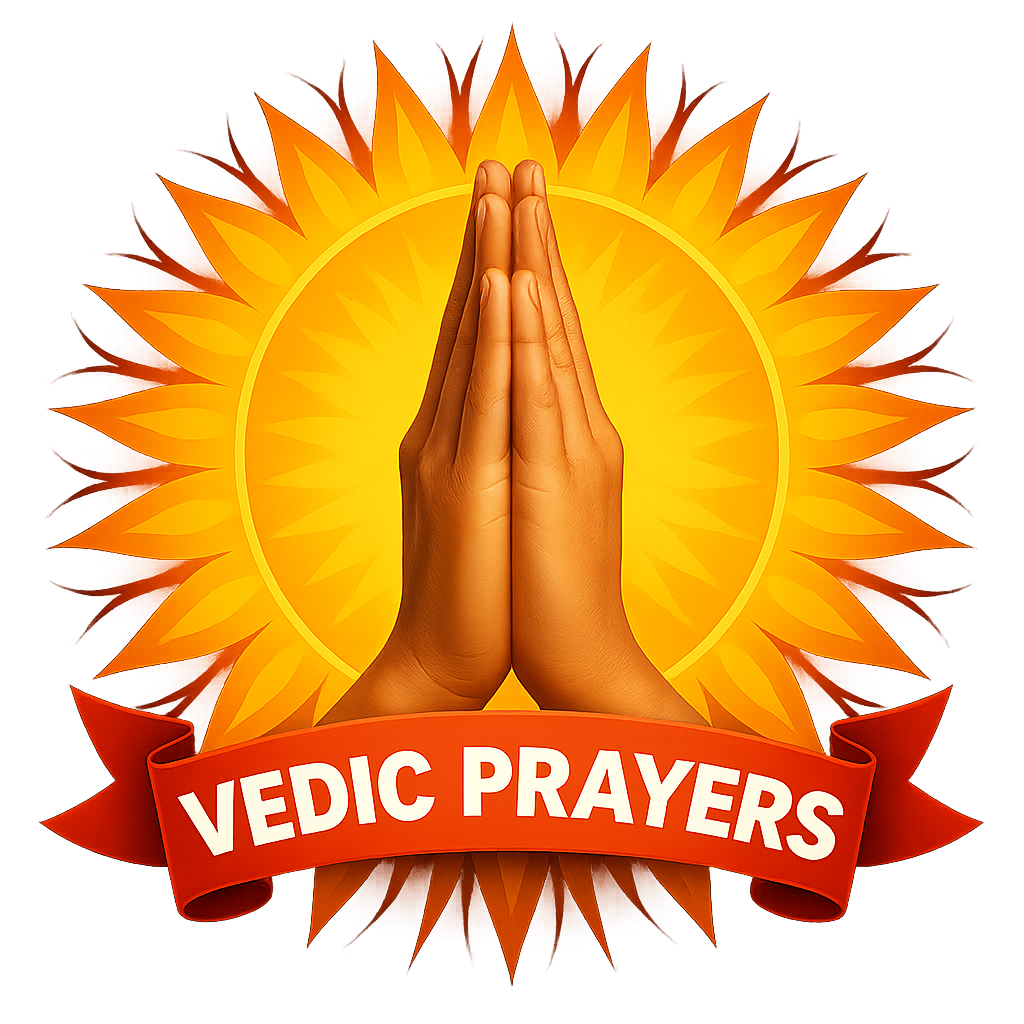Watch this video on YouTube.
Kartik Mass considered a highly sacred and significant month in Hinduism. It is viewed as a time for religion, faith, and religious rituals. This month is particularly dedicated to the worship of Lord Vishnu and Lord Shiva. According to the Hindu calendar, Kartik Maas falls in the eighth month of the year and begins after the Sharad Purnima (full moon).
In 2024, Kartik Maas will start on October 18 and end on November 15. Major festivals celebrated during this month include Karwa Chauth, Diwali, and Chhath Puja.
Religious Significance of Kartik Maas:
1. Worship of Lord Vishnu:
Kartik Maas is dedicated to Lord Vishnu, who is considered the preserver of the universe. During this month, reciting the Vishnu Sahasranama (a thousand names of Vishnu), Tulsi Puja (worship of the sacred basil plant), and the act of lighting lamps (Deepdaan) holds great significance. It is believed that during this time, Lord Vishnu awakens from his yoga nidra (yogic sleep), a day celebrated as Dev Uthani Ekadashi. This month is seen as an ideal time for devotion and worship towards him.
2. Worship of Lord Shiva:
Offering water to the Shivling (the symbolic representation of Lord Shiva) during this month is also considered highly significant. It is believed that worshipping Lord Shiva in Kartik Maas helps one attain liberation from sins and grants moksha (salvation).
3. Lighting Lamps and Bathing:
Taking a holy dip in the Ganges, Yamuna, or any sacred river during Kartik Maas is considered extremely auspicious. Bathing in sacred water early in the morning is believed to cleanse one of sins and bring about merit (punya). Additionally, lighting lamps (Deepdaan) holds special importance, especially on Kartik Purnima (full moon), when lamps are lit and offered to Lord Vishnu.
4. Tulsi Puja:
The worship of Tulsi and the ritual of Tulsi Vivah (marriage of Tulsi) hold significant religious value during Kartik Maas. Tulsi Mata is worshipped as the consort of Lord Vishnu, and lighting a lamp in front of the Tulsi plant during this month is said to yield special benefits.
5. Fasts and Rituals:
During this month, as people observe fasts and particularly partake in Kartik Snan (bathing). It is considered highly auspicious to bathe in the early morning and worship the deities. Several significant fasts such as Ahoi Ashtami, Karwa Chauth, and Vat Savitri Vrat occur during this month.
6. Religious Festivals:
Many important festivals and celebrations fall in Kartik Maas, such as:
- Diwali: The festival of lights, symbolizing Lord Rama's return to Ayodhya.
- Gopashtami: A day dedicated to the worship of cows.
- Dev Uthani Ekadashi: The day when Lord Vishnu awakens from his yoga nidra, marking the beginning of marriages and auspicious activities.
What to Do in Kartik Maas:
- Wake up early and take a bath.
- Worship Lord Vishnu and Lord Shiva.
- Offer prayers to Tulsi and perform Deepdaan.
- Observe fasts and immerse yourself in devotion.
- Study religious texts and participate in satsangs (spiritual gatherings).
Other Benefits of Kartik Maas:
The merits of good deeds performed during Kartik Maas are believed to multiply manifold. Acts of fasting, giving, and worship during this time yield both material and spiritual benefits. Even small steps taken towards spiritual advancement during this month are said to be highly rewarding.
The significance of Kartik Maas in Hinduism is profound. It is not only important for performing religious rituals but is also regarded as an ideal time for self-purification and devotion. By worshipping Lord Vishnu, Lord Shiva, and Tulsi Mata during this month, individuals receive special blessings.
















